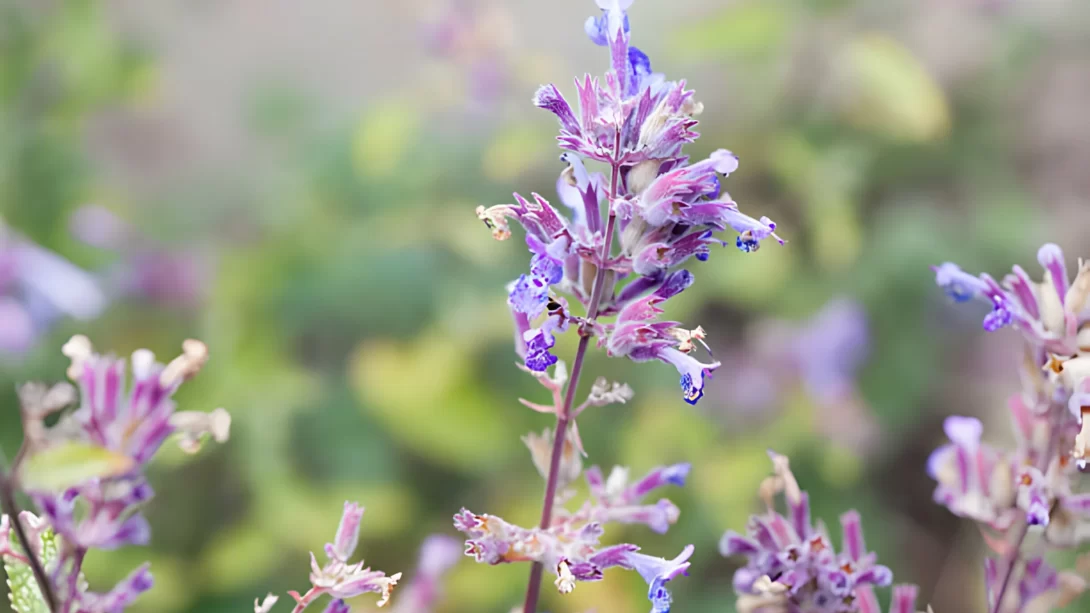Catnip, known for its almost magical effect on cats, is a staple in many cat-owning households. This herb, which can send cats into a state of playful euphoria, is often wondered about in terms of its longevity and potency. Does catnip go bad or lose its effectiveness over time? This article explores the shelf life of catnip and how to ensure it remains potent for your feline friends.
Catnip
Catnip, scientifically known as Nepeta cataria, is a member of the mint family and is popular for its behavioral effects on cats. The active compound in catnip, nepetalactone, triggers a response in cats’ olfactory receptors, often resulting in playful, sometimes hyperactive behavior. Not all cats are affected by catnip; sensitivity to nepetalactone is hereditary, with about 50% to 70% of cats showing a reaction to the herb.
Shelf Life of Catnip
Catnip, like many herbs, has a certain shelf life beyond which it may lose its potency. The effectiveness of catnip largely depends on the freshness of the nepetalactone. Over time, especially when exposed to air, light, or heat, the potency of nepetalactone can diminish, reducing the herb’s ability to elicit a response in cats. Generally, when stored properly, dried catnip can remain potent for several months to a few years.
Signs of Degraded Catnip
Determining whether catnip has lost its potency can be judged by a few key indicators. One of the most noticeable signs is a change in aroma. Fresh, potent catnip has a strong, herbaceous smell, which diminishes as it ages and loses effectiveness. Additionally, the color of catnip can be a telltale sign; it should have a vibrant green hue, and any fading or browning suggests degradation. The texture of catnip can also change over time, with stale catnip often becoming brittle and less appealing to cats.
Proper Storage of Catnip
To maximize the shelf life and potency of catnip, proper storage is essential. Catnip should be stored in a cool, dark place away from direct sunlight, as light can degrade its quality. An airtight container is ideal for storage because it limits exposure to air and moisture, which can also reduce potency. Glass jars or sealed plastic bags are commonly used for this purpose. If you have a large quantity of catnip, consider storing a small amount in a more accessible container for regular use and keeping the rest in a more secure, airtight container for long-term storage.
Refreshing Old Catnip
If you find that your catnip has lost some of its potency, there are a few tricks to try and rejuvenate it. Gently crushing the leaves can sometimes release any remaining oils, enhancing the scent and making it more attractive to cats. However, this is often a temporary fix, and the effectiveness can vary. If catnip has become too stale, it may be best to replace it with a fresh batch.
Alternatives to Dried Catnip
For cat owners looking for longer-lasting or more potent options, there are several alternatives to traditional dried catnip. Fresh catnip plants are an excellent choice, as they offer the freshest form of nepetalactone. Growing a catnip plant at home ensures a continuous supply of fresh leaves, which can be more potent than dried catnip. Additionally, there are catnip-infused toys available on the market. These toys often contain a concentrated form of catnip oil, which can retain its potency for an extended period, providing long-lasting entertainment for cats.
Advantages of Fresh Catnip and Catnip Toys
Fresh catnip plants not only offer more potent effects but also serve as an engaging activity for cats, who enjoy nibbling and playing with the leaves. Catnip toys, on the other hand, combine the allure of catnip with the physical stimulation of play, making them a great way to keep cats entertained. These toys can be especially useful for indoor cats, providing both mental and physical stimulation.
Conclusion
In conclusion, while dried catnip can lose its potency over time, proper storage in a cool, dark place and in an airtight container can significantly extend its shelf life. Recognizing the signs of degradation, such as changes in aroma, color, and texture, can help determine when it’s time to replace your catnip. For those seeking alternatives, fresh catnip plants and catnip-infused toys offer longer-lasting effectiveness and can be a great addition to your cat’s environment. Understanding these aspects of catnip will ensure that your feline friends can continue to enjoy this delightful herb in its most potent form.



